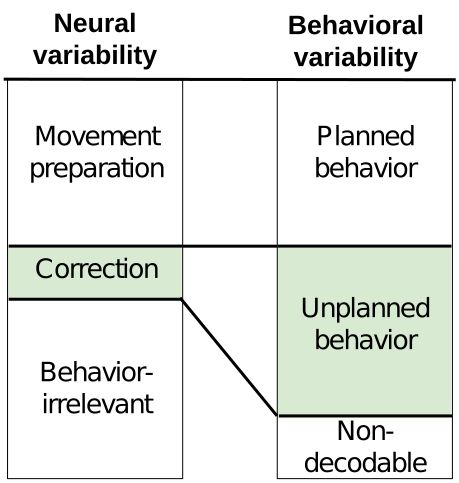Bryan M. Li
@bryanlimy.bsky.social
150 followers
830 following
9 posts
Encode Fellow at Imperial College London | Biomedical AI PhD at the University of Edinburgh. Working on #NeuroAI and #ML4Health. https://bryanli.io.
Posts
Media
Videos
Starter Packs
Pinned
Reposted by Bryan M. Li
Reposted by Bryan M. Li
Bryan M. Li
@bryanlimy.bsky.social
· Nov 15











